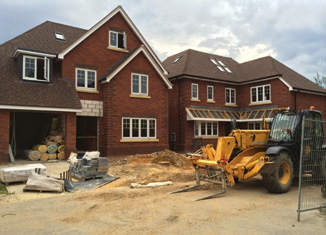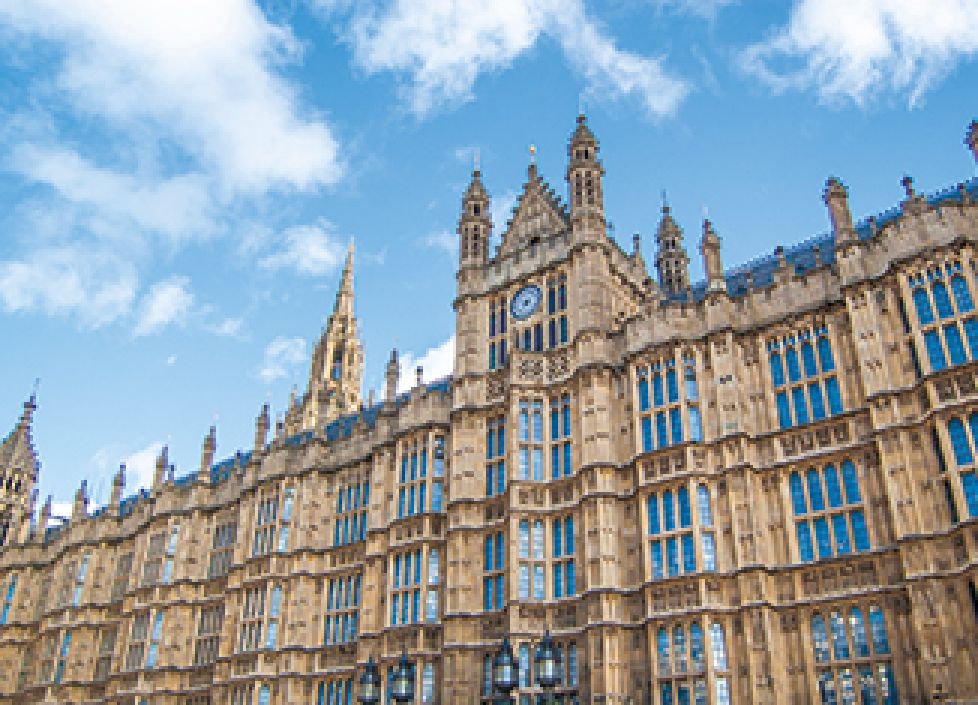The concept of building new towns once epitomised a transformative approach to addressing housing and infrastructure challenges in Britain. From early developments such as Letchworth Garden City to post-war projects like Milton Keynes, these planned communities provided innovative solutions to overcrowding and economic stagnation. Yet, momentum appeared to stall in the 21st Century, raising questions about their relevance today. Can the vision of new towns be revived – as the current government hopes - or has land assembly become too complex to manage?
Greenfield vs. Brownfield
A major challenge in reimagining new towns lies in land assembly, which is politically contentious and costly. Greenfield sites offer a blank slate but even taking into account recent relaxations of Green Belt policy (not least the introduction of the ‘grey belt’ into planning policy), restrictions under Green Belt policy poses a major challenge. Meanwhile, brownfield sites, though aligned with sustainability goals, come with significant hurdles, including remediation costs and fragmented ownership. The new government must navigate these competing dynamics to reignite large-scale new
town projects.
Greenfield Land Assembly Challenges
Farmers’ reluctance to sell land poses a significant roadblock for greenfield development. For many, land represents their livelihood and wealth. Recent tax reforms, such as higher capital gains and inheritance taxes, make selling even less attractive. Farmers often face a substantial tax burden when selling land for development, deterring them unless compensated at a premium. Additionally, concerns about losing long-term security and dealing with a contentious planning process further diminish their willingness to sell.
To overcome this, new government policies could offer tax incentives or deferrals for landowners willing to sell under specific frameworks. Without such interventions, greenfield land assembly for new towns remains limited, threatening the feasibility of these projects. This would align better to the government’s aspirations of building 1.5m homes over the
parliamentary tenure.




















